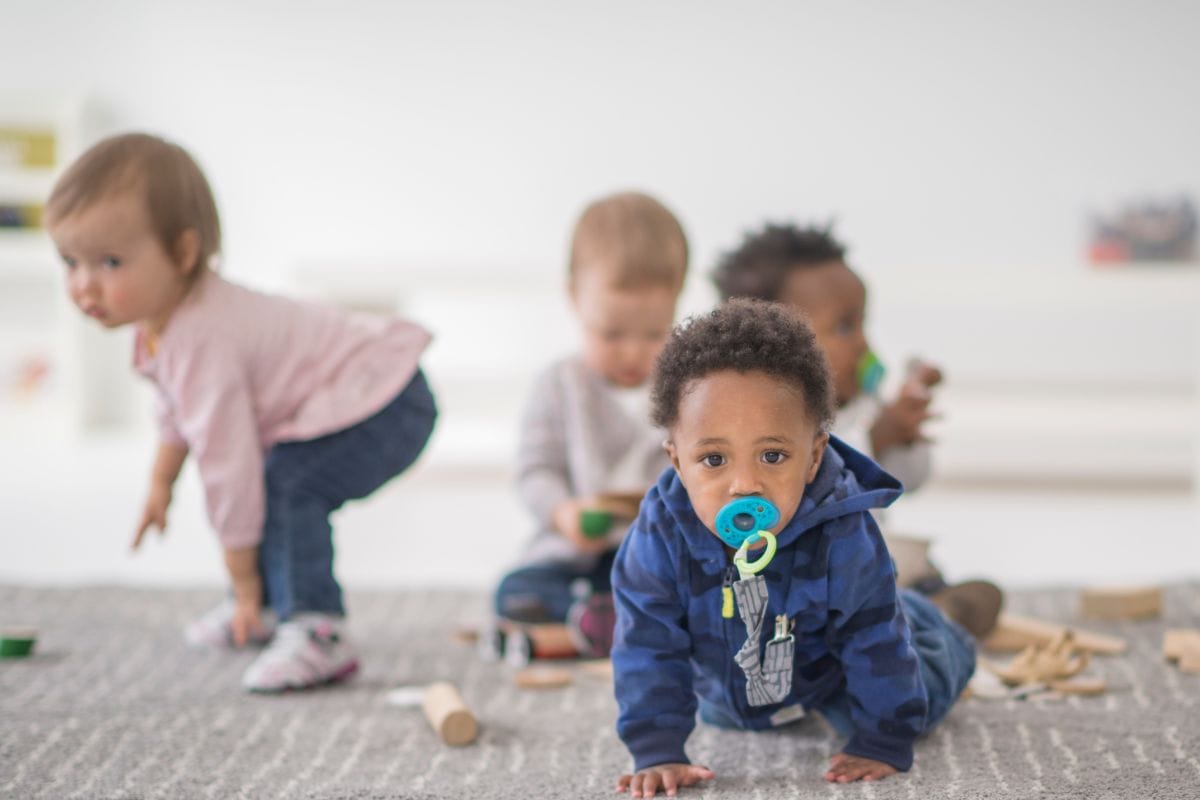Every parent, teacher, or child care provider wants one thing above all: to keep children safe and healthy. But safety isn’t just about reacting when something goes wrong. It starts with preparation. When we put prevention first, we’re giving children more than care. We’re giving them a stronger, safer future.
Preventive health care services for children are often overlooked until they’re urgently needed. However, the proper knowledge and training can prevent many injuries, illnesses, and emergencies. This blog looks at how prevention, education, and practical health habits can shape safer spaces for every child. It also explains how providers can take simple but essential steps to prepare.
The Foundation of Safer Childhoods: What Is Preventive Health?

Preventive health care services include actions to stop health problems before they start. These services range from routine checkups to health education, safety planning, and emergency preparedness. For children, preventive care also means creating environments that reduce risks and support their growth.
For example, teaching handwashing doesn’t just reduce colds. It limits the spread of serious illnesses. Making sure toys and furniture are safe helps prevent injuries before they happen. These are small habits, but they build a culture of safety. When caregivers understand what to look out for and how to act early, they help children avoid harm in the first place.
Empowering Adults Through Education
One of the most effective ways to protect children is by educating the adults who care for them. Providers in homes, daycares, schools, and community centers directly affect children’s safety. When adults are trained to identify health risks and respond correctly, they’re not just watching over children. They are actively preventing danger.
That’s where EMSA health and safety training becomes essential. It helps caregivers recognize signs of illness, follow safety procedures, and make real-time smart decisions. From nutrition basics to handling emergencies, this training gives adults the confidence and tools to care with intention and skill.
Children often can’t explain what’s wrong. They rely on adults to see the signs, speak up, and act early. Education helps us notice the small things that could become big problems if left unchecked.
Life-Saving Skills That Shouldn’t Wait

No one wants to think about a child choking or having trouble breathing. But when emergencies happen, a quick response can make all the difference. Every child care provider should be trained in pediatric CPR and first aid.
These skills are not only for medical professionals. They’re for anyone responsible for young children. Knowing how to clear a blocked airway, perform chest compressions, or treat a wound can save a life. These steps may seem simple, but they matter more than anything in an emergency.
Accidents can happen with no warning in child care settings where many kids are together. Training makes sure adults are not guessing or hesitating. They act fast and correctly.
Investing 8 Hours for a Lifetime of Protection
Preventive care also means building intense routines. California requires child care providers to complete 8 hours of preventive health and safety training. It’s a short commitment that prepares caregivers for long-term impact.
This training covers:
- Illness prevention and hygiene practices
- Indoor and outdoor injury prevention
- Nutrition and meal planning for early childhood
- Cleaning and sanitation standards
- Safe sleep for infants
These lessons are more than just checkboxes for licensing. They shape the way providers think and act every day. Understanding the reasons behind these practices helps people apply them with care and consistency.
When Prevention Becomes Culture

Health and safety rules are just part of the checklist in some child care spaces. In others, prevention becomes part of the daily culture. That shift makes a difference.
Centers that focus on prevention often see fewer accidents and healthier children. Parents feel at ease knowing their child is in an environment that takes safety seriously. Staff members feel more prepared and confident. They aren’t overwhelmed by problems because they’ve already planned for them.
When preventive care is a shared mindset, it improves the experience for everyone. Children learn to feel secure. Families build trust. Caregivers work with purpose.
Safer Kids Start with Smarter Choices
Preventive health care services are not just policies or training. They are a way of thinking. When we invest in the proper preparation, follow consistent routines, and learn how to respond correctly, we make a real difference in a child’s life. Every adult who works with children can take part in this kind of care.
At CPR Education, preparation is the foundation of good child care. We offer EMSA-approved programs, including EMSA health and safety training, pediatric CPR and first aid, and 8 hours of preventive health and safety training. These programs are built to give child care providers the knowledge and tools they need to act confidently.
Let’s make safety a habit, not just a rule.
Visit CPR Education’s training page to get certified and start making prevention your first step.

